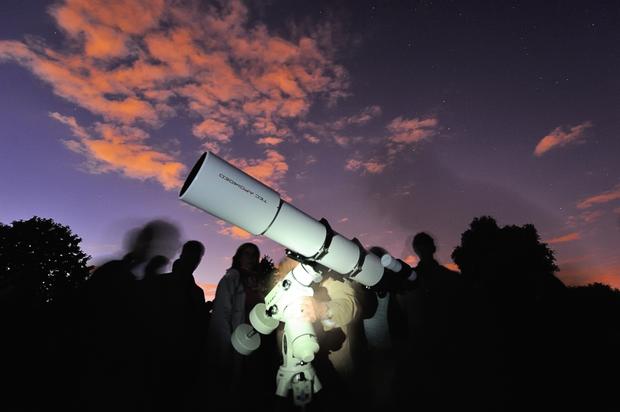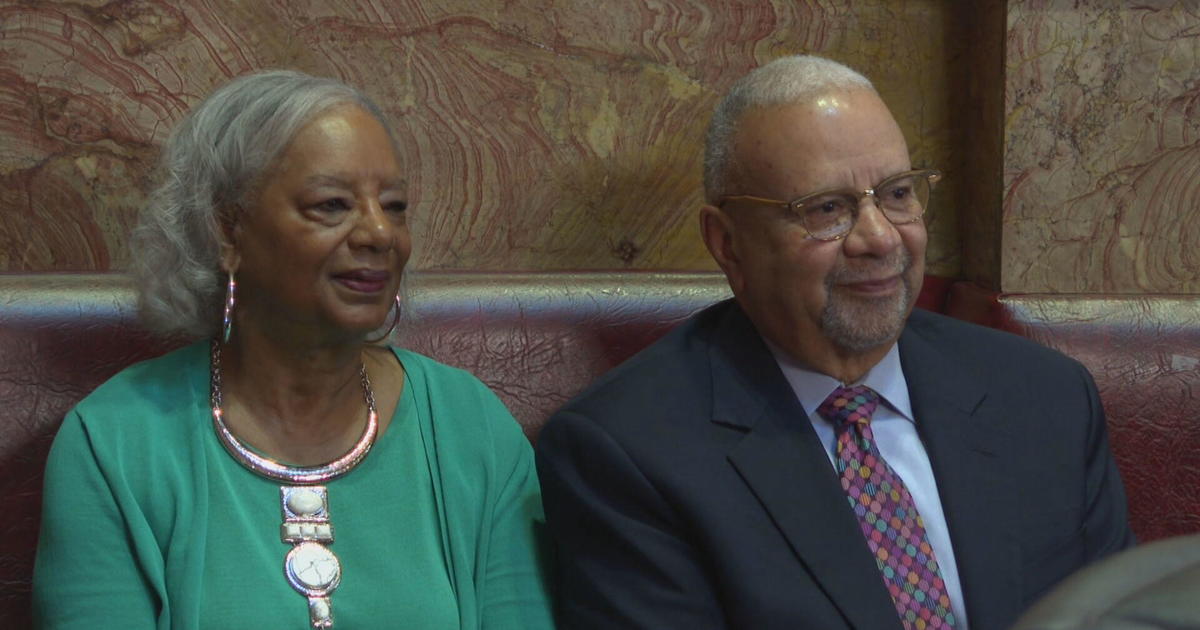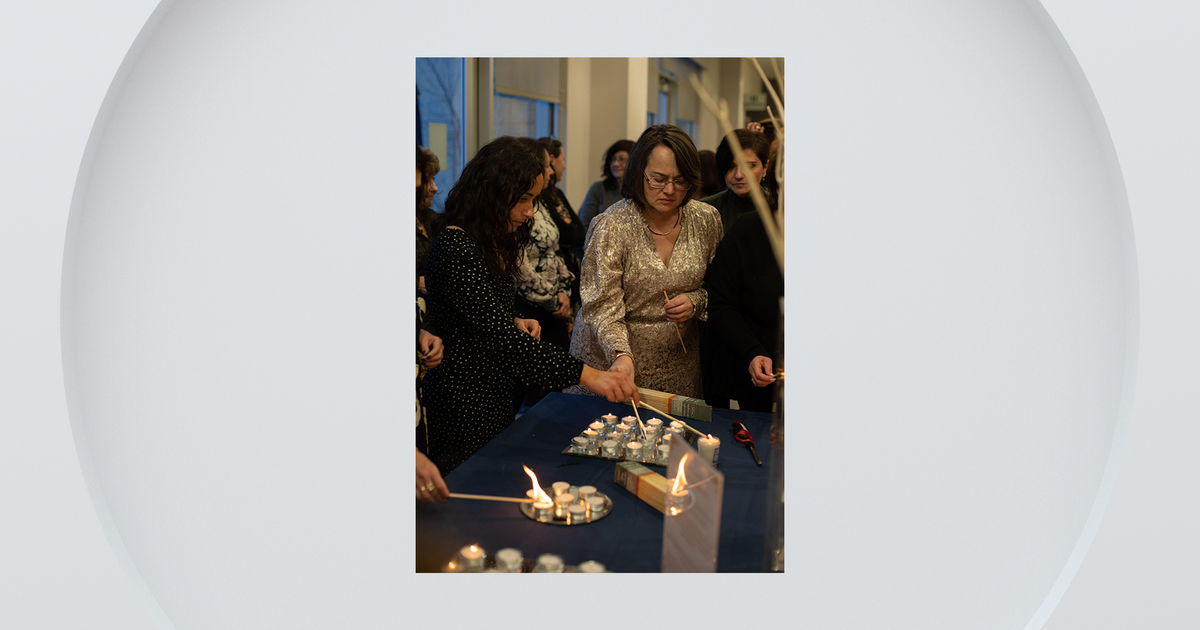How And When To See Monday's Rare Christmas Star In Colorado
DENVER (CBS4) - Monday is a special day for the northern hemisphere of planet Earth because it is the winter solstice, a day known for being the shortest day of the year and the official start of the winter season. But something else will take place on Dec. 21 this year and it involves two other planets in our solar system.
Right after sunset on Monday you'll be able to witness the "great conjunction" of Saturn and Jupiter as long as the weather cooperates. The conjunction should be visible from just about any place on Earth and forms what many are calling the Christmas Star. To see this rare event just look to the southwest horizon about an hour after sunset.
According to NASA, it's been nearly 400 years since these two planets passed so close to each other, and it's been nearly 800 years since such a close proximity happened at night. While you can see this celestial event with the naked eye, if you happen to have a telescope, you may actually be able to see each planet individually, including Saturn's rings and Jupiter's moons.
So why is this called a Christmas Star? Is it because it happens so close to the Christmas holiday? Is there a biblical meaning? Is it because the two planets will briefly look like one big, bright star? Click here to read a great article from Larry Sessions and Deborah Byrd that explores these questions and more.





